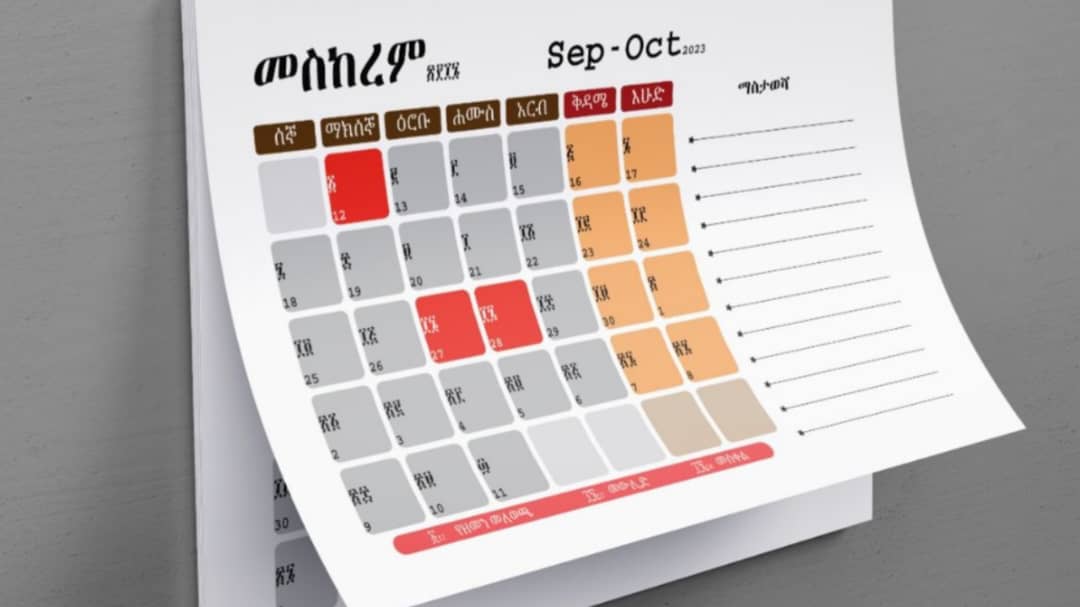Is Your Nighttime Routine a Dementia Red Flag?

Many individuals might experience an afternoon or evening slump, feeling mentally exhausted from social interactions or work, or simply preferring to relax rather than engage. However, for those with dementia—an umbrella term encompassing mental decline often linked to diseases like Alzheimer's—there is a distinct phenomenon known as “sundowning.” This condition causes symptoms such as agitation and anxiety to intensify later in the day and into the evening. Understanding sundowning is crucial, especially when spending more time with older loved ones, to better comprehend its presentation and implications for cognitive health. Experts Shannel Kassis Elhelou, PsyD, a geropsychology and neuropsychology fellow, and Fred Kobylarz, MD, co-director of the Center for Healthy Aging at Rutgers Robert Wood Johnson Medical School, provide valuable insights.
Sundowning, also referred to as “sundowner’s syndrome,” describes specific behavior changes in individuals with dementia that manifest at a particular time of day. According to Dr. Fred Kobylarz, it is a collection of symptoms or behaviors observed in some people with Alzheimer’s disease and dementia, typically as the disease progresses. Dr. Kobylarz clarifies that sundowning is not a disease itself, but rather a symptom of dementia. The exact cause remains unknown, but it is hypothesized to be a complex interplay of factors, including hormonal shifts, brain deterioration or damage, environmental influences, and disruptions to a person's circadian rhythm.
The symptoms of sundowning vary among individuals but commonly include anxiety, agitation, pacing, disorientation, hallucinations, and trouble sleeping. Dr. Shannel Kassis Elhelou notes that these symptoms typically emerge in the late afternoon and evening in diagnosed dementia patients, although Dr. Kobylarz indicates they can begin as early as 1 p.m. Distinguishing sundowning from typical end-of-day weariness is important. Beyond the primary symptoms, sundowning can involve verbal or even physical outbursts, such as frustration over a meal or difficulty finding an item. Some individuals may seek heightened physical closeness to loved ones for reassurance. Confusion is another hallmark, where individuals may not recall conversations from earlier in the day or what they’ve eaten, even requesting dinner again shortly after finishing a meal. In severe cases, they might forget their home or even their caregivers, leading Dr. Kobylarz to observe that a person with dementia can seem to “almost become another person” at a certain time of day.
While sundowning often occurs after a dementia diagnosis, it can also serve as an early indicator of mental decline. Dr. Kobylarz explains that changes in the brain leading to dementia onset and progression contribute to these behaviors. Thus, it is possible for someone exhibiting sundowning behaviors to not yet have a formal dementia diagnosis. However, Dr. Elhelou emphasizes that observing sundowning signs does not automatically confirm dementia. She clarifies that “while sundowning is more common in dementia, it is not exclusive to it,” and similar symptoms can occasionally be seen in older adults without dementia, particularly when they are ill or experiencing delirium.
It is crucial to differentiate sundowning from normal aging or fatigue. Feeling less than one's best later in the day, especially during stressful periods like holidays, is common. However, sundowning presents unique characteristics. Dr. Kobylarz highlights that “fatigue can occur at all times of the day. Sundowning is truly confusion.” Unlike fatigue, which can be alleviated by a nap, individuals experiencing sundowning are often not fatigued but rather “ready to go.” Dr. Elhelou adds that sundowning tends to occur consistently around the same time daily and involves significant cognitive effects such as disorientation or impaired judgment. Furthermore, symptoms of actual sundowning typically persist even after the individual rests.
Managing sundowning involves establishing a predictable rhythm for the loved one. Dr. Kobylarz suggests that management should encompass a regular routine with consistent scheduling and caregiving, understanding the individual's
You may also like...
Cinema Sensitivity and the Nigerian Reality: Why The Herd Divides Viewers

A commentary on the controversy surrounding the Nigerian film “The Herd,” examining calls for its ban over alleged ethni...
The Ancient African Calendar That Existed Before the Gregorian Calendar

Have you heard about the Ethiopian calendar? its astonishing accuracy and scientific brilliance, it is an ancient Afric...
Do Africans Abroad Owe the Continent Anything?

Do Africans abroad owe the continent and those back home anything? A bold and reflective social commentary exploring whe...
African Giants Secure World Para Championships Berth!
)
Nigeria and Egypt emerged as the dominant forces at the 2025 ITTF-Africa Para Championships in Giza, securing multiple g...
NBA Showdown Explodes: Suggs Ejected, Five Technicals in Fiery Magic-Sixers Clash!

Orlando Magic's Jalen Suggs was ejected from a game against the Philadelphia 76ers after a heated altercation involving ...
HBO Max Unlocks ‘Chespirito’ Universe with New Series, Teases ‘Like Water for Chocolate’ Season 2

HBO Max Latin America unveils a robust 2026 content slate, building on past successes with new series inspired by Chespi...
Apple TV Blasted! Major Thriller Series Pulled Days Before Premiere Over Plagiarism Scandal

Apple TV+ has abruptly removed its upcoming French thriller, <em>The Hunt</em> (Traqués), from its December lineup due t...
Summer Walker Dominates: R&B Queen Achieves Historic No. 1 Album Trilogy

Summer Walker's new album, "Finally Over It," has debuted at No. 1 on Billboard’s Top R&B/Hip-Hop Albums chart, achievin...




